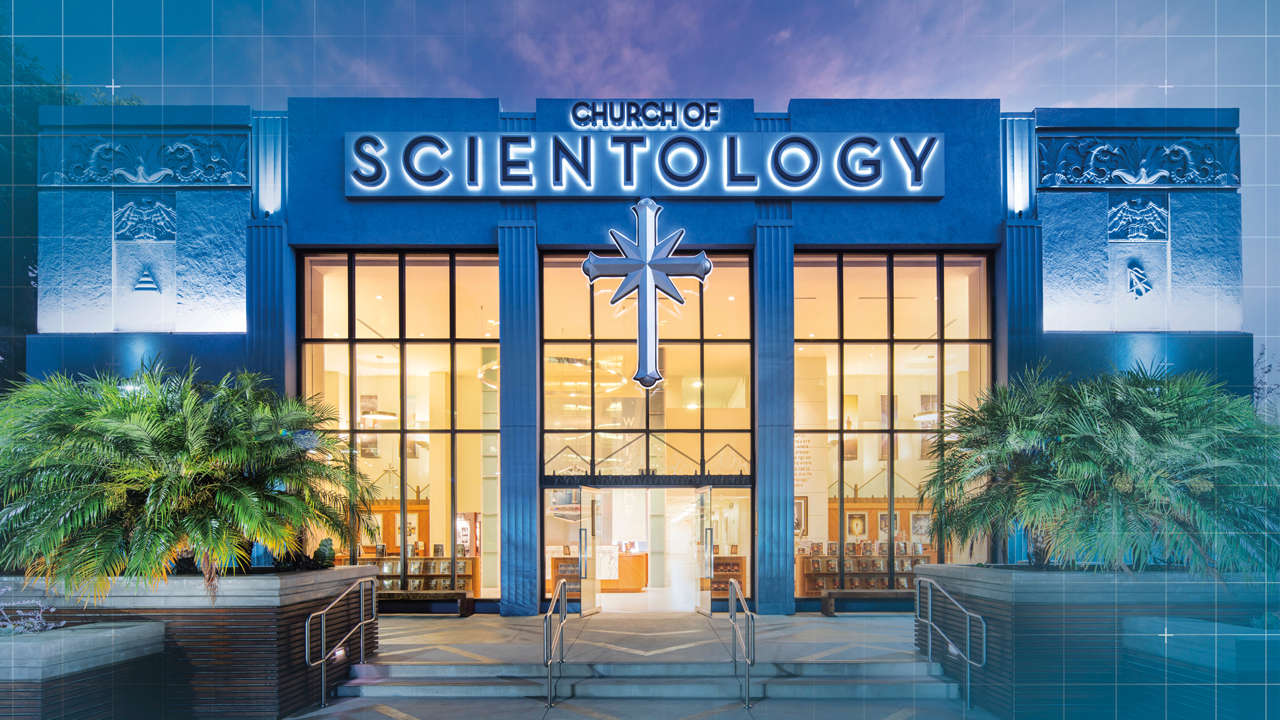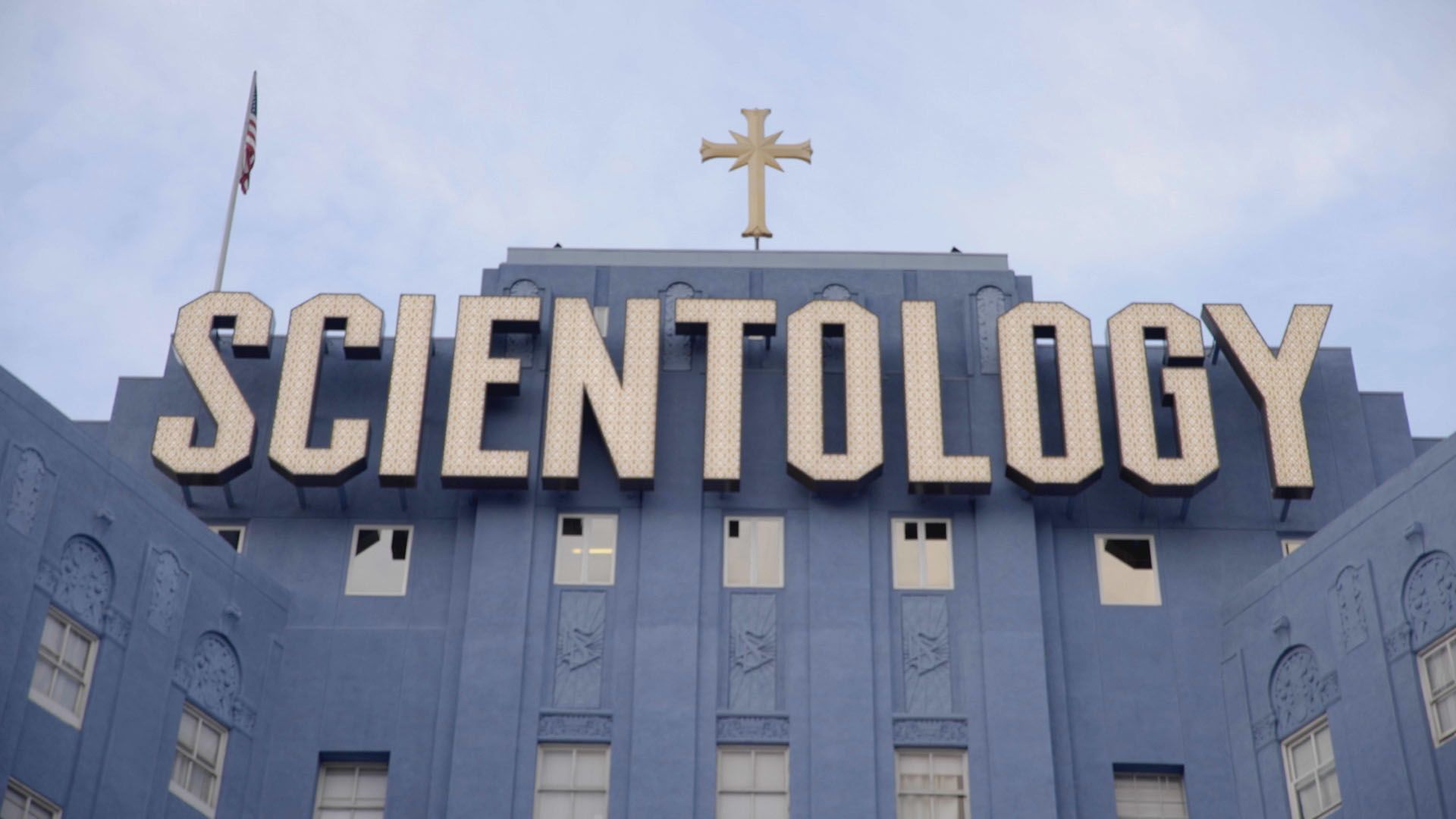Introducing the Fact Regarding Scientology: Dispelling Myths and Misconceptions
Introducing the Fact Regarding Scientology: Dispelling Myths and Misconceptions
Blog Article
The Reality About the Church of Scientology Revealed
The Church of Scientology has actually long been a topic of both fascination and conflict, with its origins dating back to the mid-20th century. As we start to unravel the reality concerning the Church of Scientology, a more clear picture emerges, exposing a narrative that is as appealing as it is controversial.
Beginnings and Starting
The Church of Scientology was started in 1954 by sci-fi writer L. Ron Hubbard. Hubbard at first created a self-help system called Dianetics, which later progressed right into what is now referred to as Scientology. The beginnings of Scientology trace back to Hubbard's discontentment with typical psychotherapy techniques and his idea in the possibility for individuals to conquer previous injuries and achieve spiritual enlightenment.
Hubbard's mentors focused around the principle of thetans, immortal spiritual beings provide in all people, and the technique of auditing, a form of therapy intended at revealing and dealing with past traumas (Scientology Johannesburg). These concepts developed the structure of Scientology, which Hubbard referred to as a religion that provided a course to self-discovery and individual growth
The Church of Scientology rapidly got fans, with Hubbard developing the very first official Church of Scientology in Los Angeles. Throughout the years, the company increased globally, attracting both devoted fans and critics who raised issues about its practices and beliefs. Despite debates surrounding its origins and methods, Scientology continues to be a considerable religious motion with a visibility in various countries all over the world.

Beliefs and Practices
With a concentrate on spiritual enlightenment and personal growth, Scientology's ideas and methods focus on achieving and revealing past injuries self-discovery with the principle of thetans and the technique of auditing. Thetans, according to Scientology doctrine, are never-ceasing souls that exist within each person. These thetans have lived with various previous lives and have actually collected unfavorable experiences recognized as engrams that impede spiritual development. Through a procedure called auditing, Scientologists aim to address and remove these engrams to attain a state of clear, without the adverse results of past injury.
Auditing involves an one-on-one session between a trained auditor and a Scientologist. During these sessions, the auditor overviews the individual via a series of inquiries and exercises created to help them face and solve their past injuries. By doing so, Scientologists think they can achieve spiritual knowledge, improve individual development, and reach their complete capacity as souls. The practice of auditing is main to the ideas and practices of Scientology, emphasizing self-discovery and the pursuit of a higher state of existence.
Controversies and Criticisms
Amidst public examination and discussion, the Church of Scientology has dealt with a plethora of objections and conflicts concerning its practices and effect on culture. One substantial point of contention focuses on the organization's alleged economic techniques, with complaints of outrageous costs for solutions and hostile fundraising strategies - Johannesburg North. Critics have also raised issues regarding the Church's stringent hierarchical framework, which some previous participants assert promotes a society of control and adjustment
In Addition, the Church of Scientology has gone through extensive objection for its treatment of members, including allegations of required labor, mental misuse, and the method of disconnection, where members are encouraged to cut ties with household and close friends critical of the Church. These practices have actually led to numerous legal difficulties and investigations in multiple nations, casting a shadow over the Church's credibility.
Additionally, the Church's hostile lawful tactics against media and doubters electrical outlets have sparked discussions regarding freedom of speech and the limits of spiritual protection. These controversies have considerably designed public assumption of the Church of Scientology and continue to sustain recurring discussions concerning its legitimacy and influence on culture.
Leadership and Framework
Just how does the management framework of the Church of Scientology influence its procedures and decision-making processes? The Church of Scientology is understood for its ordered management model, which is systematized around the authority of its leader, currently David Miscavige.
At the regional degree, Scientology operates with specific churches and objectives, each with its very own set of leaders in charge of looking after operations within their particular locations. These leaders are charged with implementing the regulations stated by the main leadership while likewise addressing the details needs of their churchgoers.
While this ordered framework can guarantee and simplify procedures adherence to the church's doctrines, it has additionally faced criticism for possible misuses of power and absence of transparency. Understanding the management and framework of the Church of Scientology is important in understanding exactly how the company functions and the dynamics at play within its ranks.
Impact and Impact
What substantial impacts does the management framework of the Church of Scientology have on its members and outside stakeholders? The hierarchical management framework within the Church of Scientology exerts an extensive impact on its members and outside stakeholders. Participants are often based on rigorous control and Click This Link tracking, with significant stress to conform to the methods and ideas determined by the management. This can result in a loss of personal freedom and use this link essential reasoning skills, as individuals are anticipated to unquestioningly adhere to the regulations stated by the organization's leaders (Church of Scientology).
On The Surface, the Church of Scientology's management framework can have a polarizing effect on stakeholders. In general, the management framework of the Church of Scientology plays a substantial duty in forming the experiences and perceptions of both members and outside stakeholders.
Conclusion

The Church of Scientology swiftly gained followers, with Hubbard establishing the very first main Church of Scientology in Los Angeles.Among public scrutiny and dispute, the Church of Scientology has encountered a plethora of debates and criticisms regarding its practices and influence on society.What substantial impacts does the management framework of the Church of Scientology have on its participants and outside stakeholders? The hierarchical leadership structure within the Church of Scientology applies an extensive impact on its participants and exterior stakeholders. Overall, the leadership you could check here structure of the Church of Scientology plays a considerable duty in forming the experiences and understandings of both participants and outside stakeholders.
Report this page